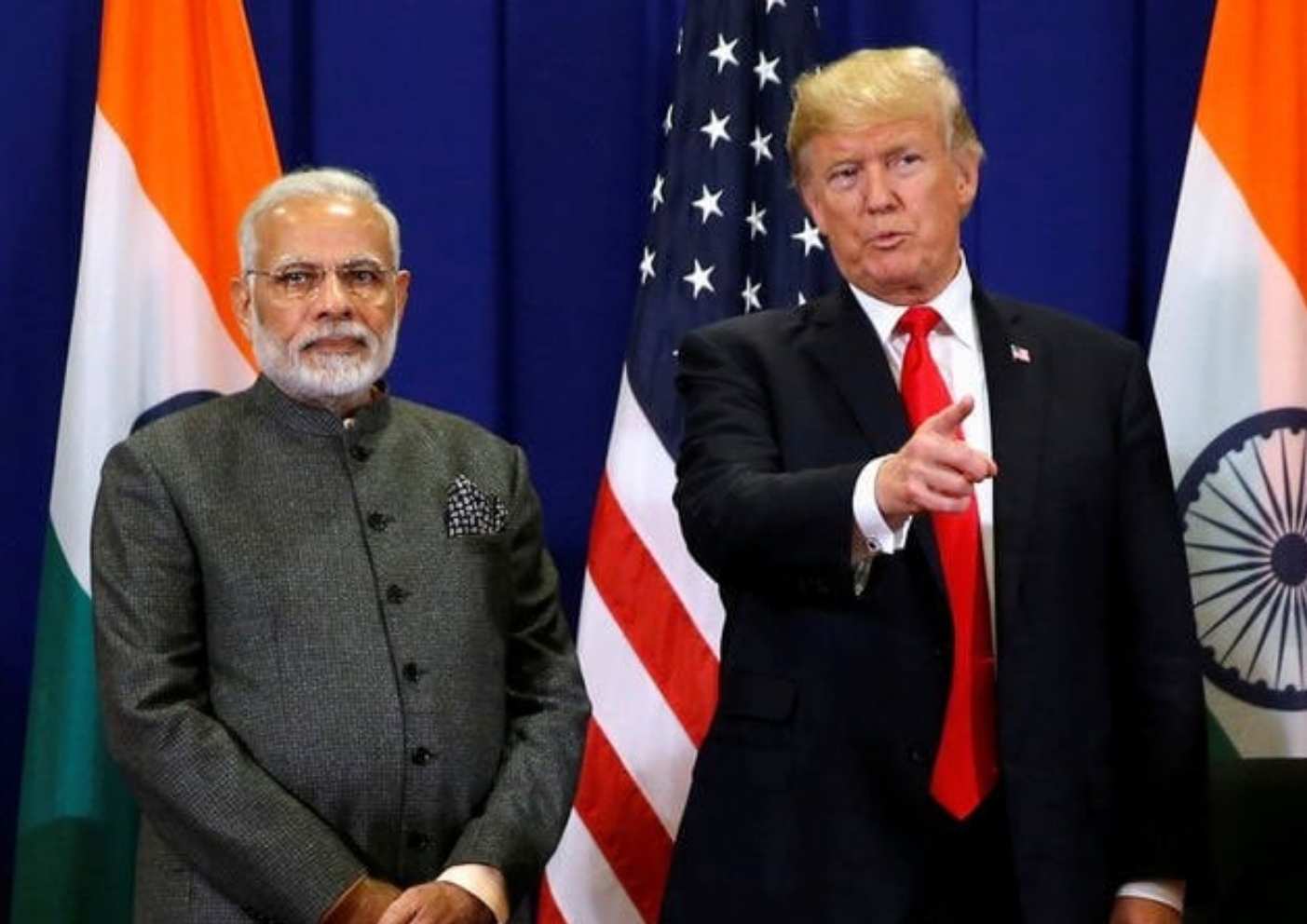ISLAMABAD, Pakistan: Diplomatic tremors are shaking New Delhi as decades of carefully nurtured ties with Washington take an unexpected hit. U.S. President Donald Trump has imposed a sweeping 50% tariff on Indian exports, blaming India’s ongoing purchases of Russian oil—a move that has turned the much-publicized Modi-Trump camaraderie into an icy standoff.
According to reports, Trump has even gone as far as branding the Ukraine war as “Modi’s war,” accusing India of undermining Western efforts to isolate Moscow. The escalation has triggered intense debates in diplomatic and economic circles, with many calling it a reality check for India’s foreign policy strategy.
In what analysts are calling a strategic recalibration, Prime Minister Narendra Modi is now looking eastward. His planned high-profile visit to Beijing signals an effort to balance India’s geopolitical interests by strengthening ties with China, while quietly reassessing the cost of leaning too heavily on Washington.
Experts suggest this development highlights the fragile nature of international alliances in an increasingly polarized world. “Economic interdependence is no longer a safety net—it’s leverage,” a senior analyst noted, emphasizing that India must adapt to a multipolar global order where strategic autonomy is key to survival.
Despite the current tensions, sources indicate that back-channel communications between Washington and New Delhi remain active, though neither side appears willing to make the first move to de-escalate. Observers believe the coming weeks will be critical in determining whether this is a temporary rift or the beginning of a deeper geopolitical realignment.
This story has been reported by PakTribune. All rights reserved.



